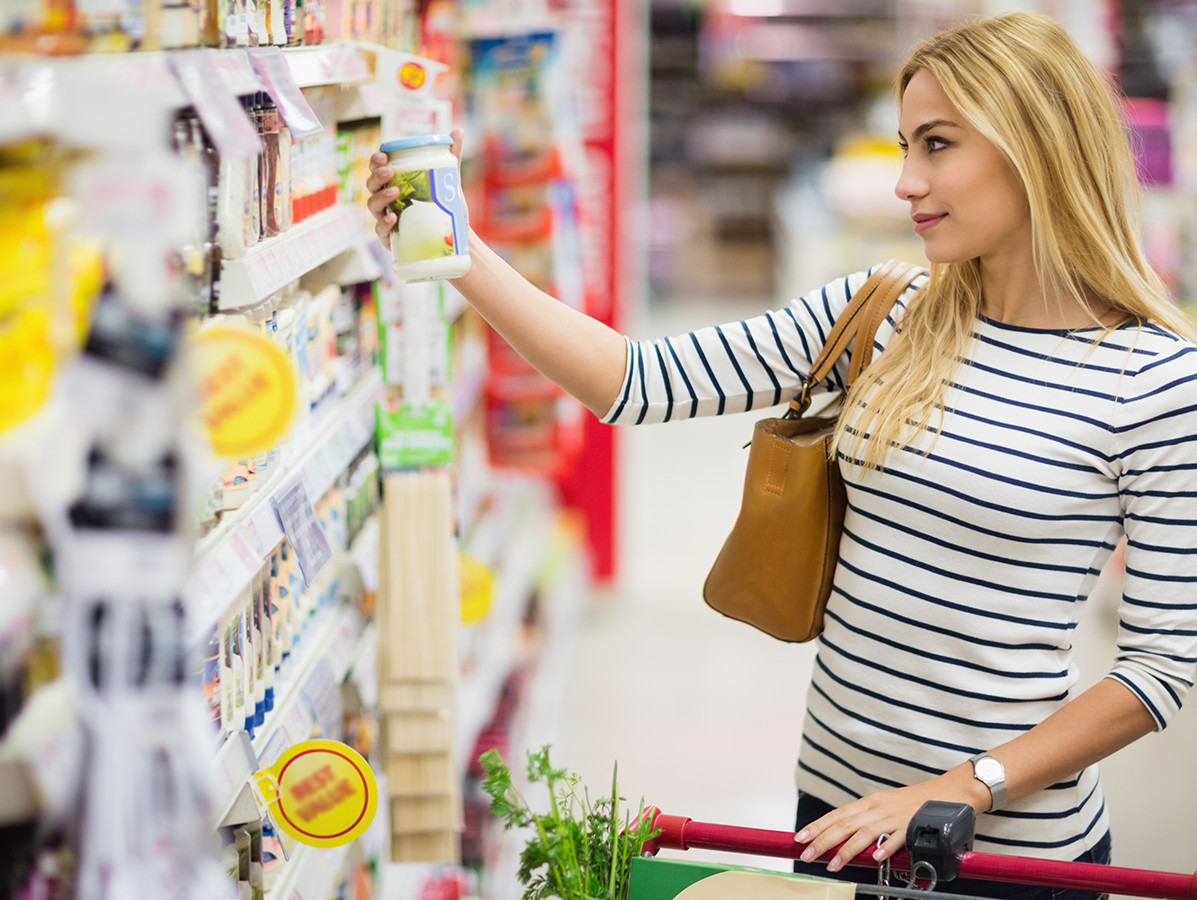
There is no end to the fight against misleading food packaging. That's what the Consumers' Association found in an research into new misleading packaging. The government must finally take serious steps to stop this deception, according to the Consumers' Association.
The front of products is often full of appealing logos, slogans and images. A correct representation of the ingredients and nutritional value is usually not. These can only be read in small print on the back. "Still, many consumers base their choice for a product on the front side," explains Sandra Molenaar, director Consumer Association. "And then you often end up disappointed."
For the Consumer Guide, the Consumentenbond noted several scams. For example: Italian Pangasius fillet advertised as fresh fish. But this Pangasius comes from Vietnam and has been frozen for at least a month. That the fish is defrosted is only shown on the back. Miller: "What stands out is the praise 'Fresh fish - fish market' on the front of the bowl."
Some manufacturers don't take the truth very seriously, according to research. For example, according to the label, a cookie manufacturer bakes the 'healthiest koeck(cookie)' with 'all healthy ingredients'. In reality, the cookies are full of butter, sugar and (white) flour. According to the manufacturer, the term 'healthiest cookie' is meant as a wink. Another example: A brand that sells quark where it can only be read on the back of the packaging that it is partly yoghurt.
The Consumers' Association has been fighting for years against misleading food labels. Miller: "And successfully; as soon as a label is 'unmasked,' manufacturers usually adapt it.But it remains a never-ending struggle as long as manufacturers keep coming up with new packaging and the government doesn't intervene".
Source: Consumentenbond